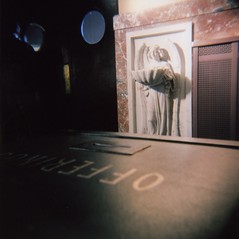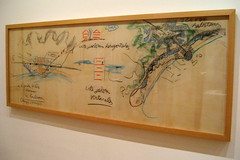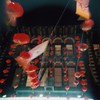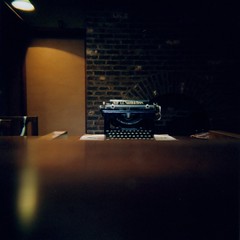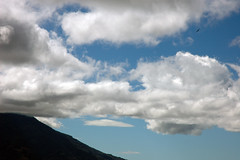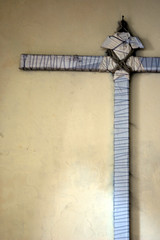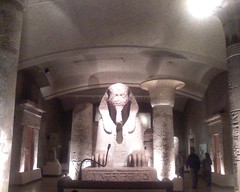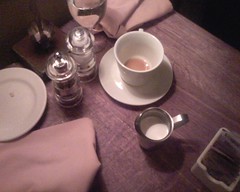

Meet my wet dream (every girl should have one): Twin poets from Portland. One “hard edged and tough,” “something of the pugilist”; the other “lush”, “Nureyev--each movement articulated”.
Matthew and Michael Dickman, profiled by Rebecca Mead in
Couplet: A tale of twin poets in the 6 April 2009 issue of the
New Yorker.
I’ve dated a twin and I’ve dated poets, but never all at once.
My twin was the taller of the two, the muscled one, as much as muscle shows itself in the second grade. We were “going steady” which meant at that raw age a few shy glances, a note passed between friends (“check ‘yes’.” I did.), and then nothing.
Did we hold hands? I can’t recall. Eat lunch together? Unlikely. Sit together in class? Impossible.
But his stamp was on me and I was his -- the whole class knew it. My parents did not. Second grade is not an age for going steady. Steve, I think his name was.
There must have been some fond exchange of affection however, because what I remember most was its absence. After a long summer of nothing to do with one another I expected we would pick up where we left off.
We didn’t.
Of our whole history I remember only the way he looked at me when I asked him why, and the disdain in his eyes when he explained: “You used to wear dresses.”
There were several poets, including one who failed in his promise to “teach the wind” my name, but it was only the first who transcended sentiment and burrowed into the hard nut of contention that bound us in perpetual heat. Arguing hours of philosophy and resolving argument in a rough tumble of perfect compatibility (I remember kisses of unique sympathy and thought maybe I imagined it until years -- years -- after we split and he mentioned the same, like mentioning a map lost and with it a whole continent).
We were ultimately undone by his Catholic conscience.
He immortalized the heat and argument into pitch perfect verse, delivered poems to me on carefully copied pages, and then took confession.
An act that wiped him clean, he told me, of our delicious immorality. I remained soiled; still damp from our coupling.
Too soon the burden of my sin got to be too much for him, and it undid us -- along with a larger assortment of complicated conditions.
Years later there would be a sudden brief clumsy moment in the dark when he pulled me close after much waiting and I pulled away from the shock of it. When I said nothing more and left the room. He stayed awhile, until it was entirely clear I wasn’t coming back, and then let himself out silently, closing the door behind him.
(Here is where I feel regret like a slow swelling Tsunami.)
If he wrote a poem about that moment, about the loss that accompanied it, the history that preceded it, the future that never followed; if he wrote a poem I have yet to read it.
Some poems by
Matthew Dickman »Some more by his brother
Michael »



